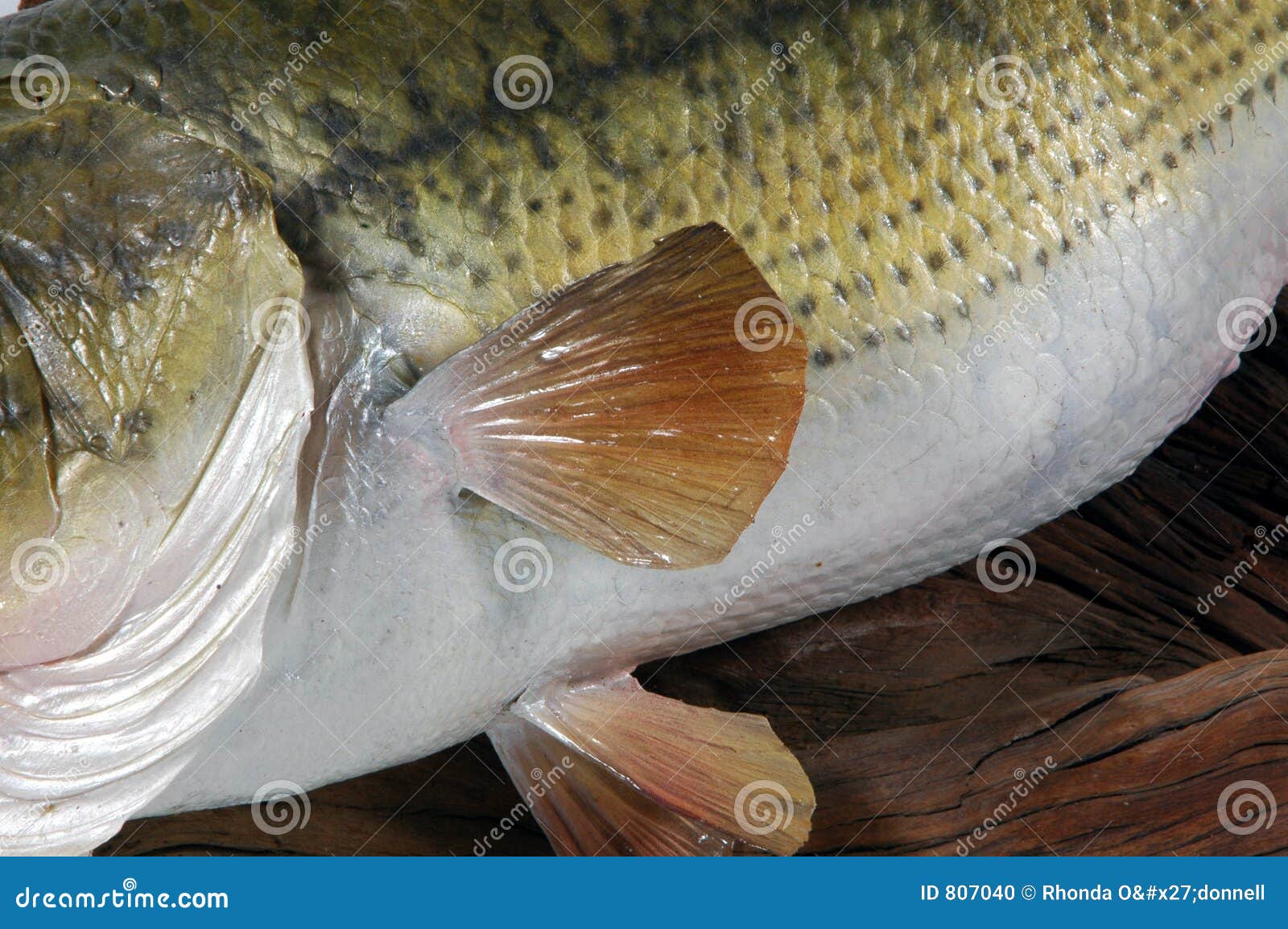

The entire body is covered with rudimentary scales, except for its pectoral fin.

The king mackerel has 12-18 spines in its first dorsal fin 15-18 rays in the second dorsal fin, which are followed by 7-10 finlets and 21-23 pectoral fin rays. The first (spiny) dorsal fin is entirely colorless and is normally folded back into a body groove, as are the pelvic finsĭistinguishing characteristics: Unlike other members of Scomberomorus, the king mackerel lacks a black area on the anterior portion of the first dorsal fin. The entire body, with the exception of the pectoral fins, is covered with very small, hardly visible, loosely attached scales. These teeth look very similar to those of the bluefish, Pomatomus saltatrix. Its cutting-edged teeth are large, uniform, closely spaced and flattened from side to side. The jaw bears 30 triangular teeth on each side. The mouth is large and set obliquely, with the maxillary reaching to just below the orbit of eye. The caudal peduncle is thin and has a fleshy keel. The lateral line starts high on the shoulder, dips abruptly at mid-body just below the second dorsal fin and then continues as a wavy horizontal line to the tail.
#Macro fish fins and scales series#
A series of 7 - 10 finlets (usually 10) lie posterior to the second dorsal fin and to the anal fin on the ventral surface. Two dorsal fins are present, separated by a deep notch between them. Its body is about five times the size of its head, and about six times as long as it is deep. The King Mackerel is elongate, compressed and fusiform. They are common in the coastal zone from North Carolina to Brazil, from Massachusetts to Rio de Janeiro, Brazil and the Gulf of Mexico, and occasionally as far north as the Gulf of Maine. The King Mackerel, Scomberomorus cavalla, is a mackerel of the Scombridae family, also known as kingfish, carite or carito, carite lucio, cavalla in Spanish, korolevskaya makrel in Russian, maquereau, thazard barre in French, oo-sawara, sawara in Japanese, sgombro reale in Italian is a subtropical species of the Atlantic Coast of the Americas. Smaller fish tend to have brown spots on their sides. They are often silver with a white underbelly. These fish have scales, but they are very loosely attached to their bodies. The king mackerel is a medium-sized fish, typically encountered from five to 30 pounds, but is known to exceed 90 pounds. It is an important species to both the commercial and recreational fishing industries. The king mackerel is a migratory species of mackerel of the western Atlantic Ocean and Gulf of Mexico. King Mackerel fish identification, its habitats, characteristics, fishing methods.


 0 kommentar(er)
0 kommentar(er)
